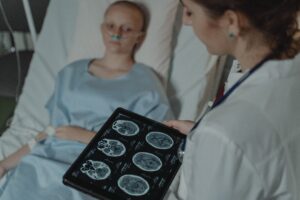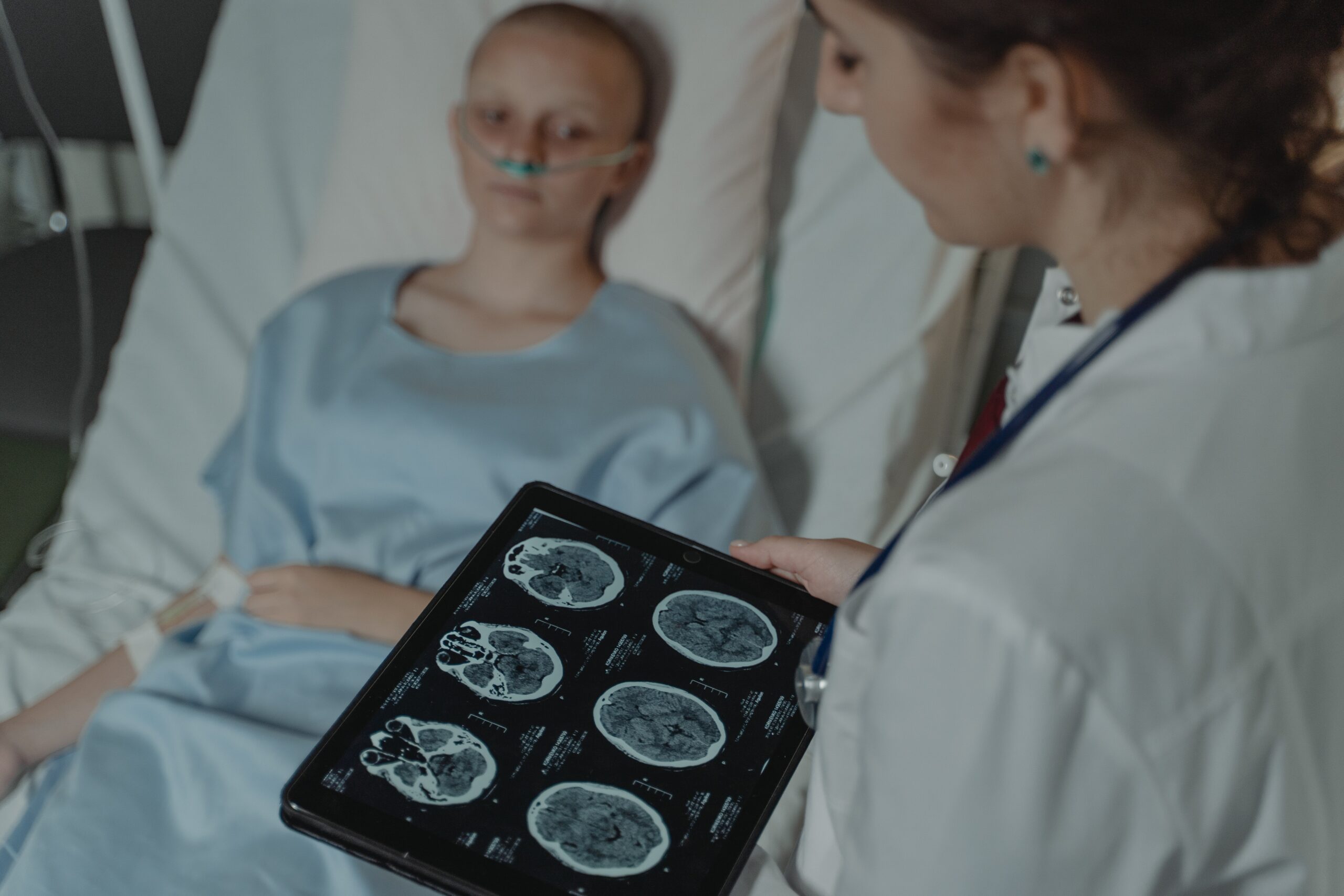Delirium is an acute confessional state associated with impairment of consciousness and cognitive functions which is due to malfunctioning of the brain that occurs secondary to systemic disorder.

Therefore, the management of delirium requires the identification and treatment of the primary disorder initially.
Signs and Symptoms of Delirium
- Acute onset and continuous fluctuation of signs and symptom.
- Normal duration of delirium is up to few days, though subacute delirium which arises due to chronic illnesses can last up to six months.
- Main impairment is observed in orientation and ability to pay attention.
- Illusions and hallucinations can also occur, including visual hallucinations mainly.
- Thinking and speech both are often incoherent.
- Patient is unable to respond to simple commands and give rational responses to questions.
- Behavioral disturbance can make the patient agitated and restless while occasional hypo activity can also be observed.
- Patient might experience lack of sleep at night along with increased sleep during day time due to dysfunction of sleep wake cycle.
- Short-term memory is impaired which make the patient unable to recall things immediately.
- After recovery patients normally appear startled due to amnesia and fearful due to hallucinations and delusions.
Causes for Delirium
- Fever due to causes as urinary or respiratory infection and septicemia
- Fever along with neck stiffness mainly due to cerebral infection as meningitis or encephalitis
- Due to alterations of glucose level in diabetic patients as hypoglycemic
- Dehydration and acid bade imbalance which occur in post operative period
- Acute blood loss
- Electrolyte imbalance
- Hypoglycemia
- Diabetic ketoacidosis
- Wound infection
Diagnostic Criteria
According to ICD-11, delirium is diagnosed by, a reduced ability to maintain focus which indicates a lack of attention, and reduced orientation which indicates a lack of awareness that develops over a short period and fluctuates significantly during a day, accompanied by many other cognitive impairments as memory deficits, language, and perception problems. Delirium is diagnosed when the symptoms are attributable to a disorder that can’t be classified under mental and behavioral disorders or substance intoxication.
Management of Delirium
Finding the primary cause of delirium is the initial step in management which can be done through history, examination, and investigations. The first-line investigations are normally ESR, FBC, chest X-ray, ECG, renal functions, liver functions, FBS, arterial blood gas, urinalysis, urine culture, and blood culture. If central nervous system pathology is suspected of lumbar puncture, EEG and MRI scan can be done and if any infection is suspected blood culture can be recommended. After diagnosing the underlying pathology, appropriate treatments must be done for the underlying disease.
As the next step in management, it is important to educate the staff members of the ward about the disease and that it occurs due to a physical illness it should not be considered a psychiatric illness and must be treated considering as a medical emergency.
Non pharmacological Management
Creating a supportive and safe environment for the patient is the most important aspect of non-pharmacological management. Regular monitoring of the vital signs of the patient, reducing the noisy environment of the ward, displaying a clock and a calendar in the room which helps the patient to build orientation, letting a family member or an assigned nursing staff member stay beside to avoid person misidentification are few things that can be done. A low level of light would be better preferred than total darkness during night time.
The safety of the patient must be ensured by providing a bar bed to avoid falling from the bed, clearing the bedside table of objects such as glass bottles and medical equipment which can harm the patient, and ensuring that the patient doesn’t pull out drips, etc.
Pharmacological Management
Typical antipsychotics such as Haloperidol is effective in reducing agitation and hallucinations in patients. Treatment must be normally initiated with low doses of 1.5-3mg of Haloperidol. Atypical antipsychotics such as Risperidone, Olanzapine, and Quetiapine are also effective in the treatment. Delirium due to alcohol withdrawal can be treated with Benzodiazepines such as Diazepam.
References
- ICD -11 , Classification of Mental and Behavioral Disorders- Diagnostic Criteria for Research
- Shorter Oxford Textbook of Psychiatry – 7th Edition – Paul Harrison, Philip Cowen, Tom Burns, Mina Fazel

